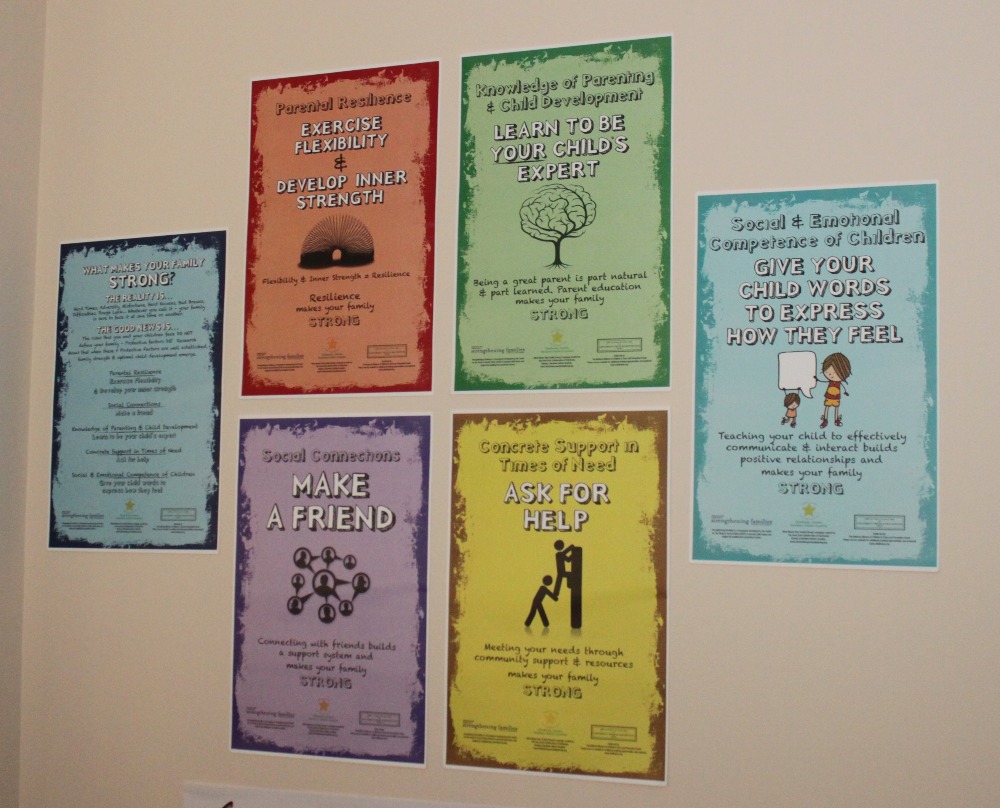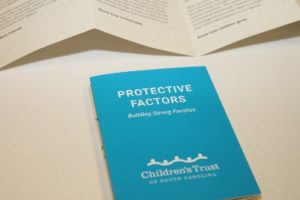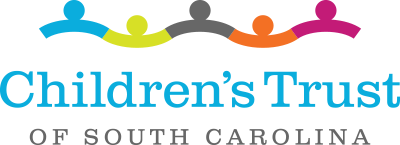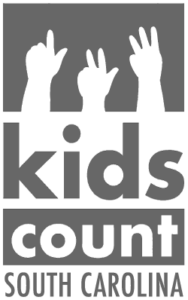With so much uncertainty, disruption of routine, and social isolation in the world today, it is important for families to find ways to remain connected and stay on a path to happy, healthy lives. Michael Shirley, Children’s Trust community education manager, offers his thoughts on incorporating the protective factors in your lives. Shirley is a nationally-certified trainer on the protective factors.

These posters from the Children’s Trust Fund Alliance explain the protective factors.
Now more than ever we must focus on building individual and community resilience. While there are evidence-based programs and consultants who can offer structured support, there are also many actions individuals, families, organizations and communities can take to build up protective factors and bounce back from life’s challenges. Protective factors are conditions in individuals, families, communities, or the larger society that mitigate or eliminate risk in families and communities, thereby increasing the health and well-being of children and families.
Build resilience through learning skills needed to manage stress and nurture children.
Skills to manage stress and nurture children often do not come naturally and must be taught like many other life lessons. One of the easiest things we can do is listen and learn from the stories of others. We have the opportunity to be honest with one another and share our experiences with both success and failure. There’s a role for everyone to play in helping people feel accepted for who they are, whether that’s at home, in the workplace or in the community.
Create positive environments for social and emotional well-being.
In order for us to help others, we need to take care of ourselves first. Work through your feelings in a healthy way, and don’t be afraid to talk to trusted individuals about how you feel. Recognize how your childhood has affected your life and empathize with others who may not have had a positive childhood experience. Think about the experiences and people in your life who helped shape who you are today. When you are more self-aware, you are better prepared to encourage and support others to express their feelings honestly and appropriately.

Grow positive outcomes by knowing the importance of individual development.
Have realistic expectations of children based on what they need at different ages and stages of development. You can make this switch by taking time to learn age-appropriate behaviors. This will help you build protective factors around yourselves and your children. This protective factor goes beyond childhood development to include understanding everyone has different perspectives to bring to the table. It’s our job to recognize and honor each individual.
Support children and families through positive relationships.
Research confirms that social isolation is one of the biggest risk factors for child abuse and neglect. We can save lives by making connections to those around us. Staying connected has been made a bit more challenging during the pandemic, but we can maintain connections through technology and by following the proper precautions. The next time you’re in line at a store, playing with your children in the park, or working in your yard, take time to introduce yourself and make friends with the people where you live, work and play. You may learn something about those around you that gives you an opportunity to help out.
Share resources that allow families to meet their basic needs.
Be sure to know the resources in your community so you can share with your friends and family when they need assistance. Volunteer to help others when a need arises. Be sure your community has the quality supports necessary for its residents to live happy, healthy lives.
None of these things involve intricate program requirements, complex funding streams or even an act of Congress. They all start with you and me and the small differences we can make in our own lives to improve the lives of those around us. Ask yourself daily, “What small but significant change will I make today?” The more we start to adopt these ideas, the more good we will see in the world and the more protected our society will be from the harmful effects of child abuse and neglect.






